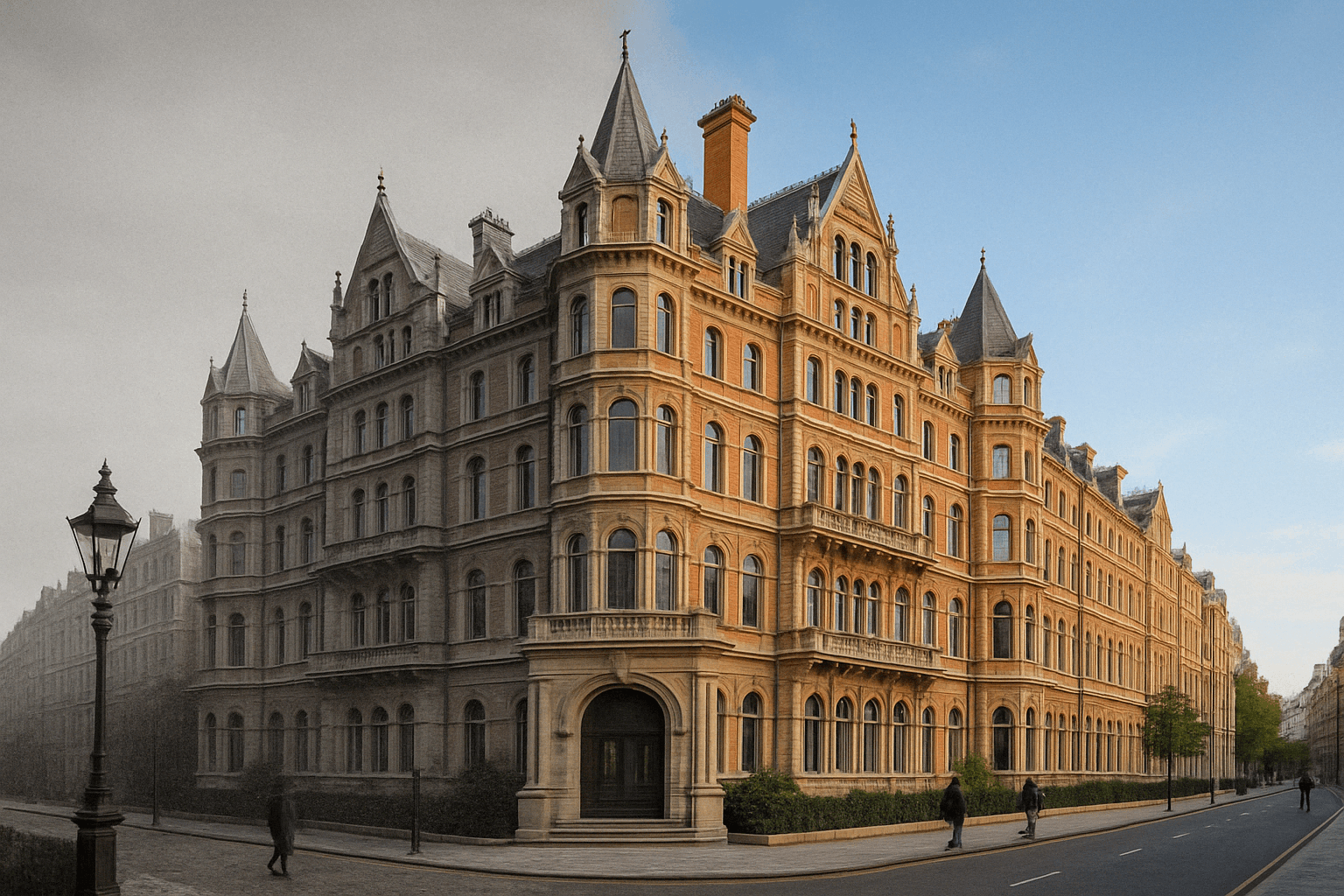Have you ever wondered what your favourite conference and events venues looked like fifty or even a hundred years ago?
What stories were written within their walls, and what history shaped some of our most loved event spaces?
Conference News travels back in time to rediscover the beauty, history, and character of these venues uncovering the deeper stories behind their façades.
De Vere Latimer Estate
Set in the heart of Buckinghamshire, De Vere Latimer Estate was once one of Britain’s most secret homes. During WWII, the property played an integral part in British history as it housed German Prisoners of War, captured German U-boat submarine crews and Luftwaffe pilots, who were inadvertently revealing secrets of great military importance whilst being held in the stately home. Claiming the title of Britain’s most secret home, Latimer is considered on a par with Bletchley in the role it played in helping the British win the war.
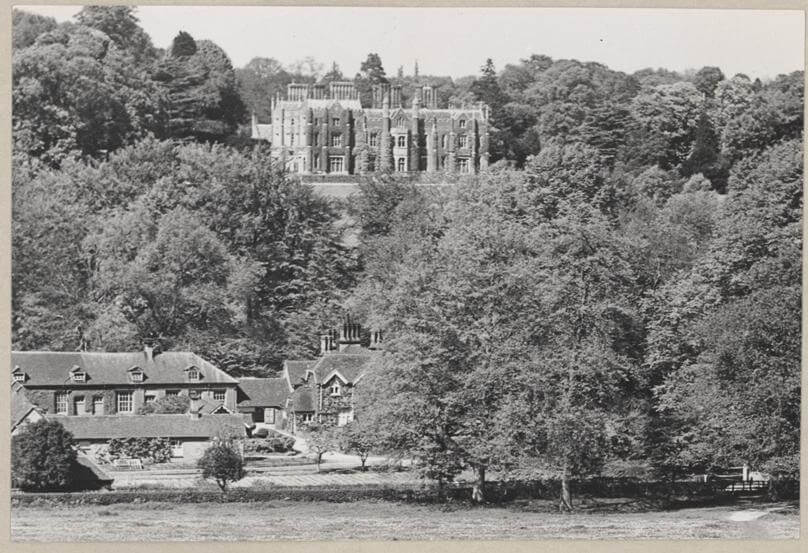
Now, De Vere Latimer Estate offers 27 flexible spaces for conferences, meeting, training and team building across three distinctively difference spaces.
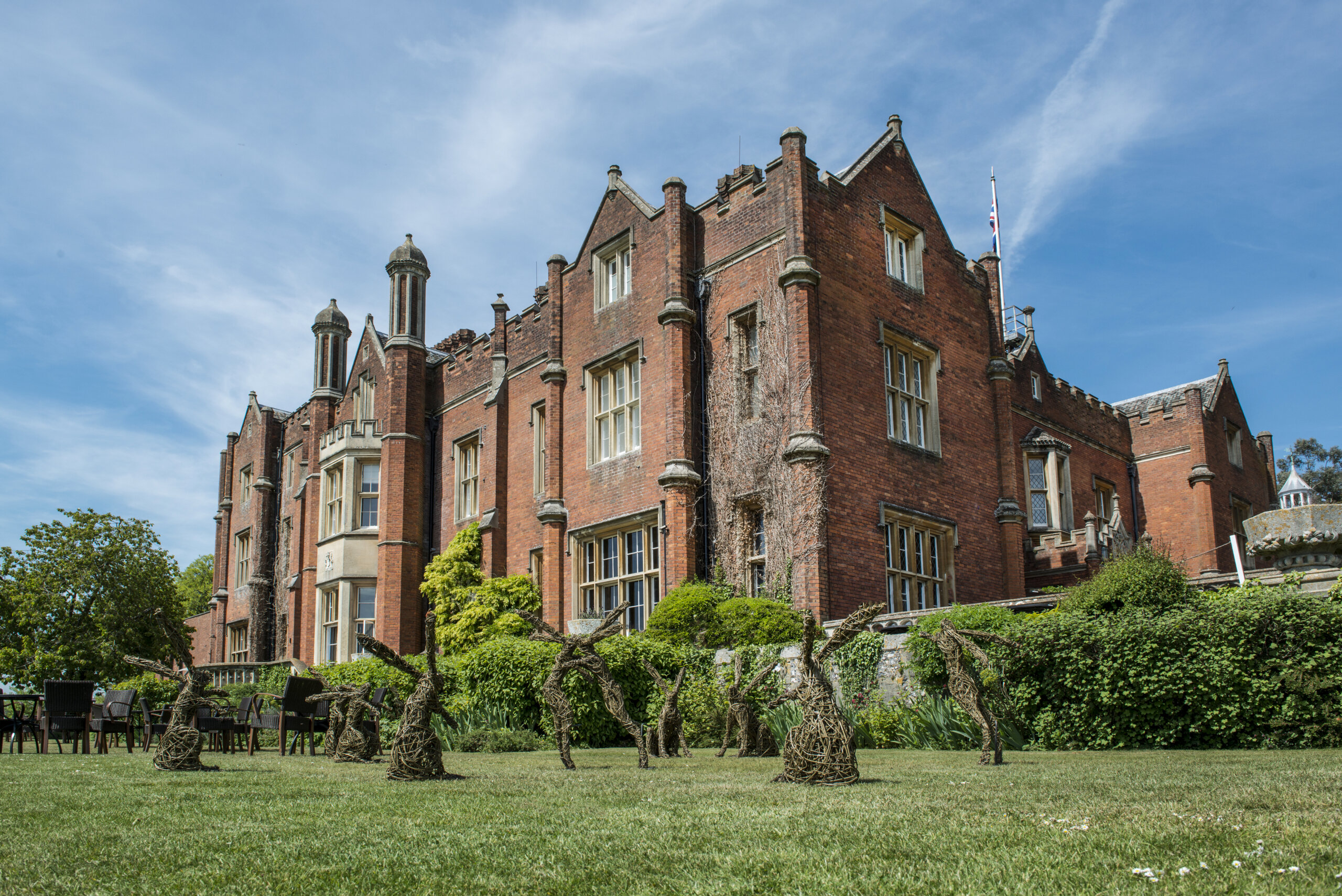
60 Great Queen Street
60 Great Queen Street has been used to hold meetings for the Freemasons since 1775. Built as a memorial to those who lost their lives in WWI, the current building was completed in 1933 and known as the Masonic Peace Memorial for many years. It was funded in its entirety by Freemason Lodges from around the country.
Freemasonry has its roots in stonemasonry due to its early members having knowledge of building and geometry but evolved to what it is today due to its reputation for travel and knowledge sharing. Many notable historical figures were known Freemasons including the architect of St. Paul’s Cathedral, Christopher Wren, and wartime Prime Minister, Winston Churchill.
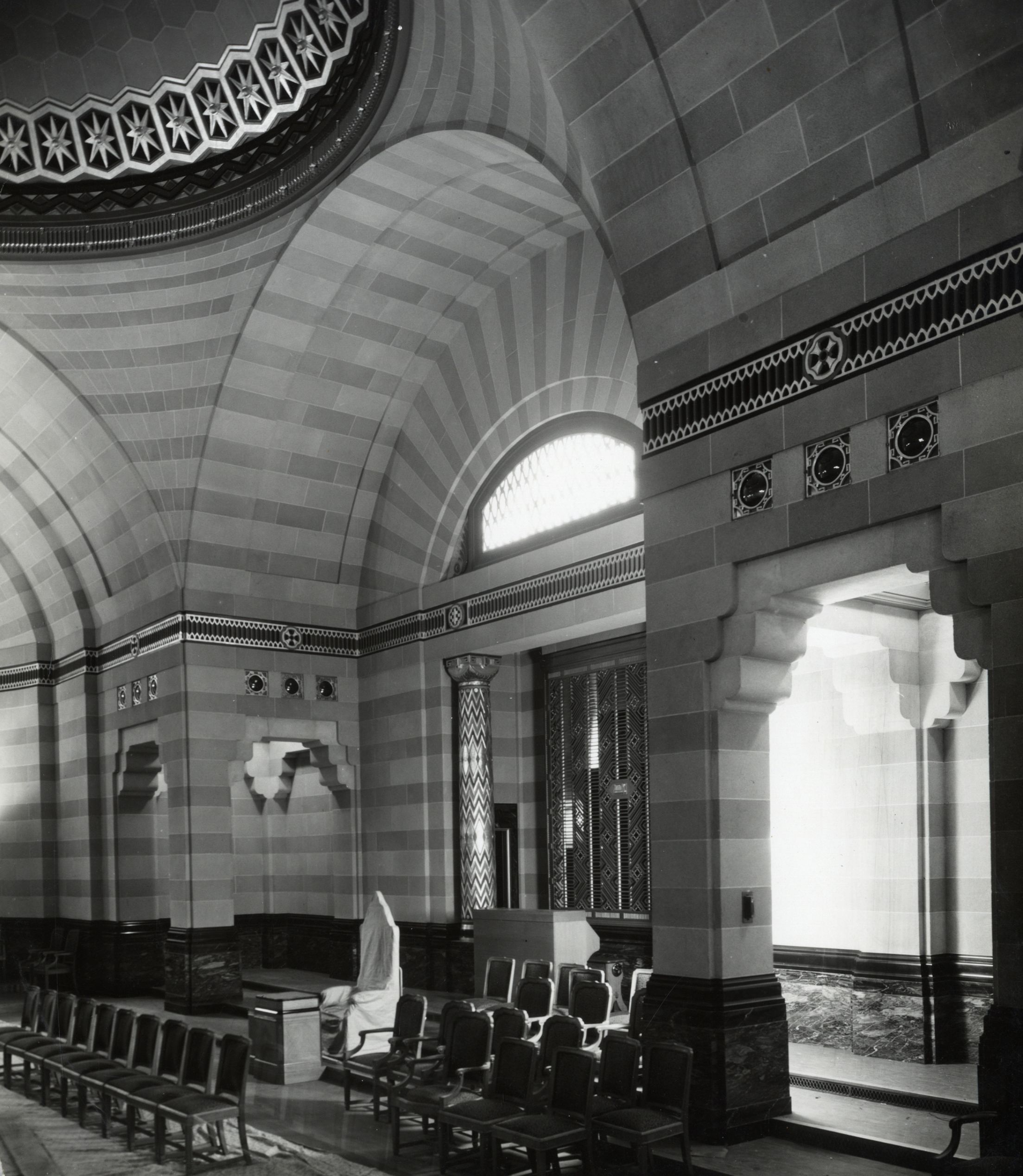
Today, the newly rebranded 60 Great Queen Street is an events venue with 10 versatile spaces available for hire, accommodating anywhere from 40 to 1,350 guests, the venue offers a distinctive backdrop for an array of events.
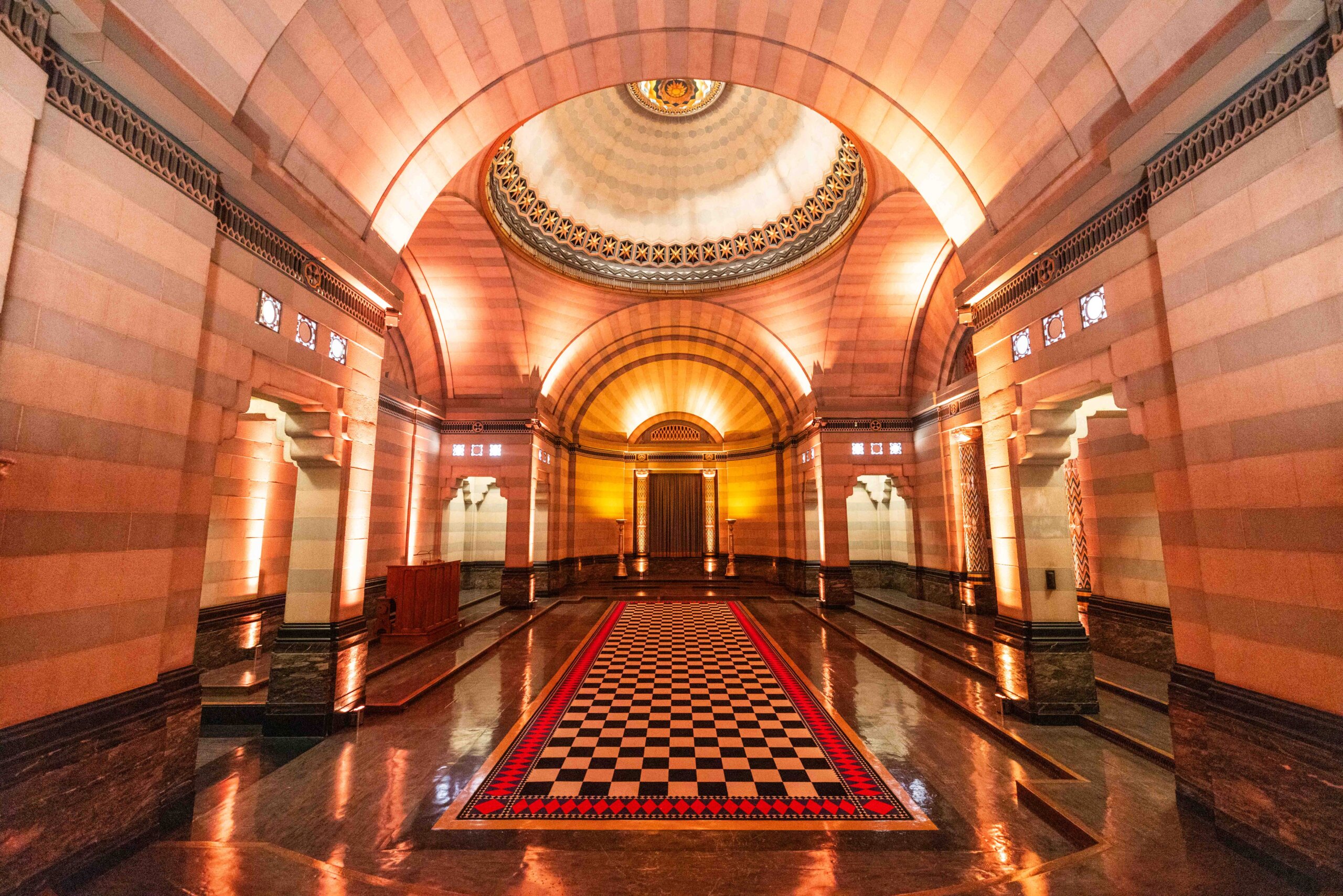
The Grand Hotel Birmingham
The Grand Hotel Birmingham is a historic landmark hotel established in 1879. The hotel re-opened in May 2021, following a £50m refurbishment. The hotel features 185 guest rooms and suites, Madeleine Bar, Isaac’s restaurant, nine meeting and event spaces, including one of Birmingham’s most sought-after event spaces; the iconic Grand Ballroom which has played host to rock stars and royalty.
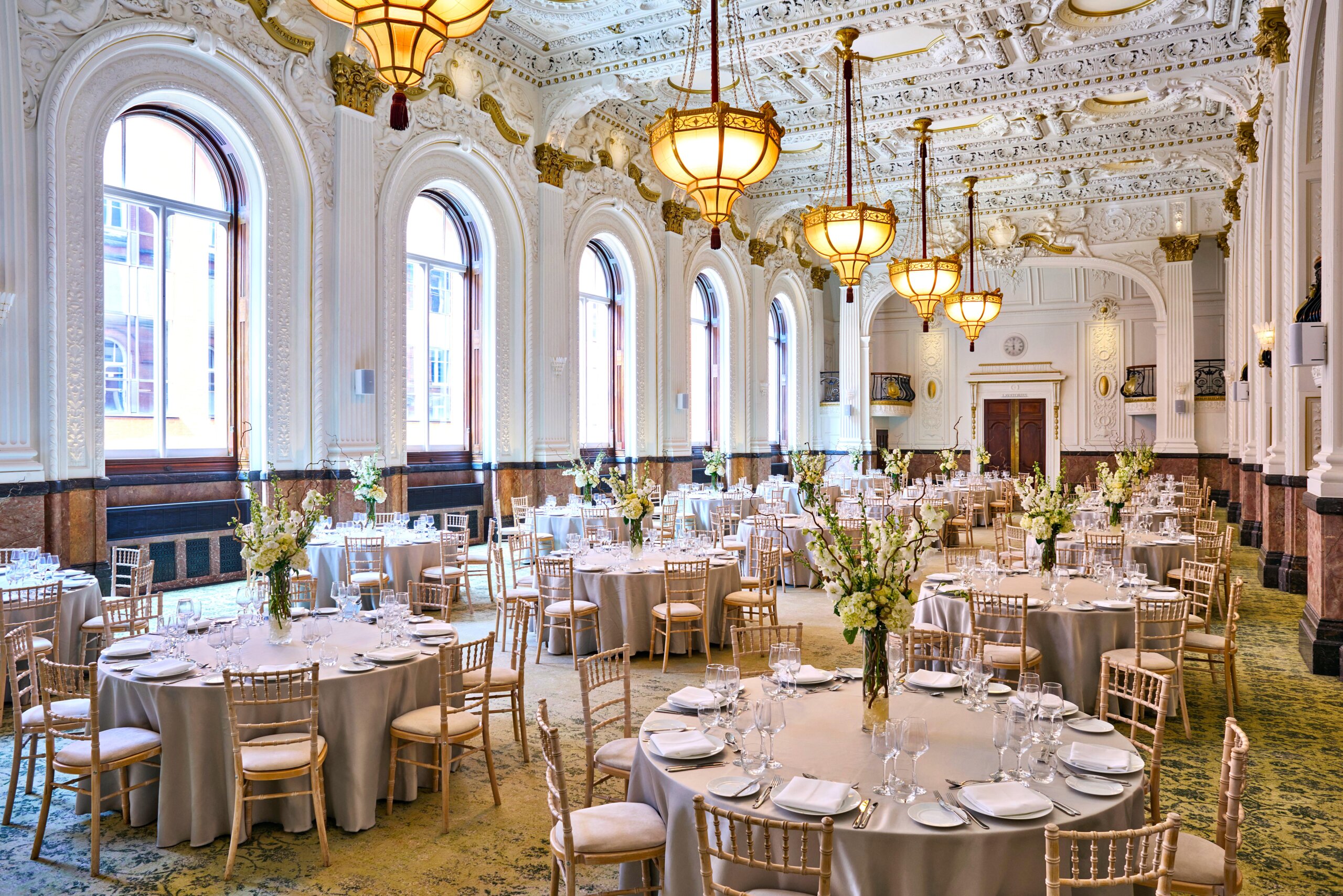
Today, the Grand Ballroom (pictured) sits at the heart of the hotel and has been restored to offer one of Birmingham city centre’s largest and most historic event spaces. The Grand Ballroom can hold up to 300 guests’ theatre style, 176 classroom style and 200 cabaret style.
De Vere Beaumont Estate
At the heart of De Vere Beaumont Estate in Old Windsor, sits an 18th-century mansion, a stunning chapel, 75 event spaces and a Georgian white house in 40-acres of parkland grounds. The original house was built for Lord Weymouth, but it was its time as a public school, from 1854 – 1967, that saw most of the estate’s architectural developments.

The Chapel(pictured), built in the 19th-century, and the grandest of the event spaces at the estate, has recently completed a luxury refurbishment. Its painted, vaulted ceilings and stained-glass windows create a unique setting, which is perfectly enhanced with modern technology, colourful, mood-setting lighting, and a state-of-the-art sound system. The space can host a range of event types for up to 700 delegates and provides an impressively versatile setting which changes drastically from day to night, giving the impression of a new space should your event span several hours.
Church House Westminster
From sovereign royalty to political royalty, heart of London events venue, Church House Westminster, has a history as unique and unforgettable as the events it creates.
Founded to commemorate Queen Victoria’s Golden Jubilee in 1887, Church House stood proud for 50 years before being redesigned in 1937. With Queen Mary laying the foundation stone, world-renowned architect, Sir Herbert Baker, began his exceptional work. This included designing Church House’s exquisite Grade II listed Assembly Hall with its breathtaking 30-foot glass dome – a spectacular architectural focal point and unique feature amongst London events venues.

Shortly after its reopening by King George VI during World War Two, the venue took a direct bomb hit. So impressed was Prime Minister Winston Churchill with the building’s resilience, he requisitioned Church House as a base for both Houses of Parliament for the remainder of the war.
Bearing witness to many incredible moments of history, it was from Church House’s illustrious Hoare Memorial Hall that Churchill announced the sinking of the battleship, Bismarck. In 1945, the first meetings of the United Nations Preparatory Commission and Security Council were also held in the hall. In 2022, the leading venue hosted a reception for Queen Elizabeth II’s funeral, followed, a year later, by a reception for the coronation of her son, King Charles III.
Overflowing with history, Church House’s charm and character make each of its 19 events spaces one-of-a-kind and every event extraordinary.
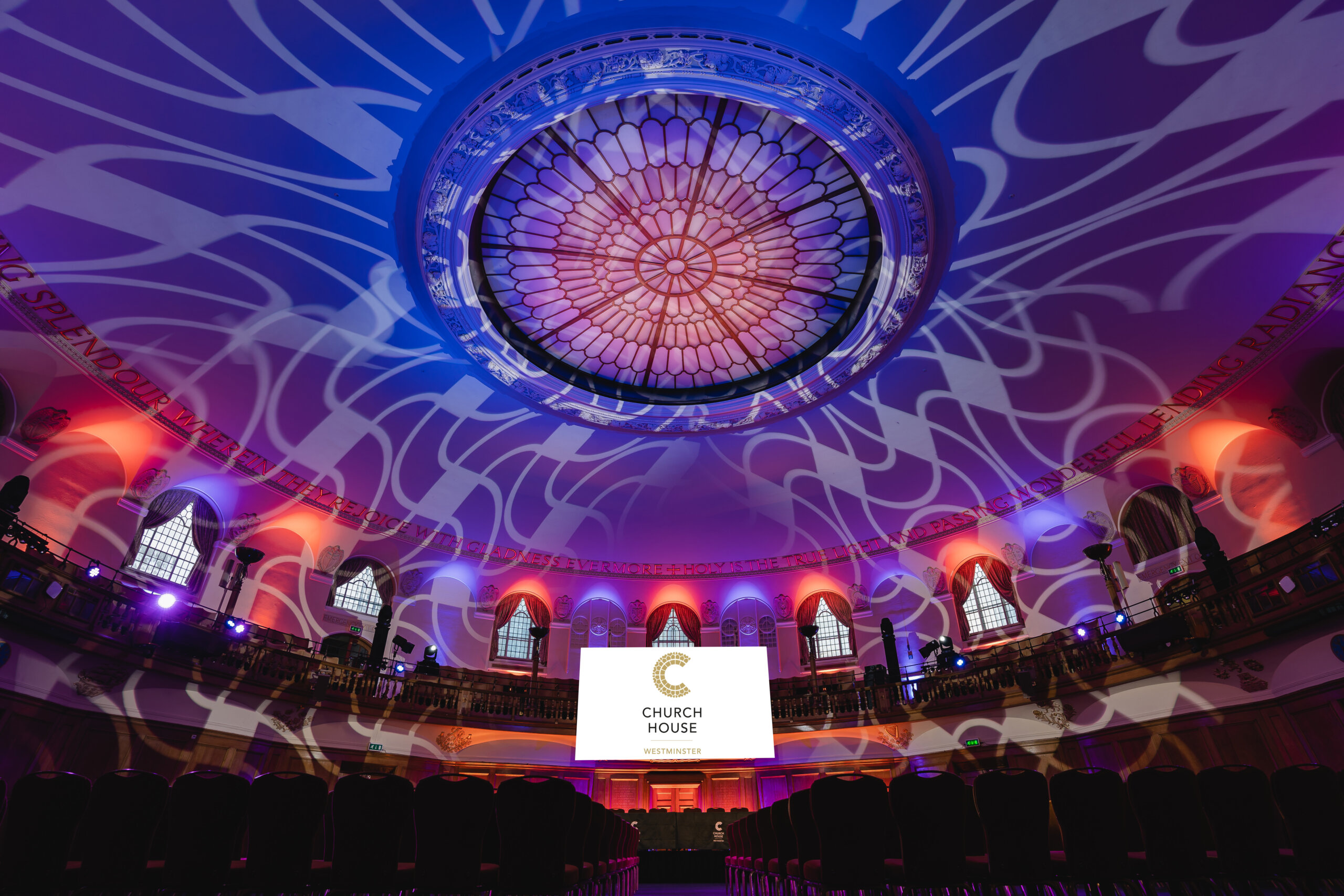
De Vere Tortworth Court
De Vere Tortworth Court, located in the South Cotswolds is a Grade II listed Mansion House Hotel has a fascinating history spanning over 1200 years. Recorded in the Domesday Book, the property was the ancestral seat of the Ducie family for over 350 years and was once used by the British Navy before becoming home to American serviceman in 1942. The hotel’s beautiful Victorian arboretum was created by the 3rd Earl of Ducie in 1853 – a keen horticulturalist – and remains one of the finest arboretums in the British Isles.

For employers looking to put on a show-stopping event to impress their employees, look no further than The Orangery at De Vere Tortworth Court. The Orangery is the original building from the hotels time as a mansion house, dating back to the 18th-Century. The unique space with ornamental glass windows and a domed glass ceiling is a self-contained venue which can cater up to 90 guests. With its own reception area and bar, it stands alone from the main house, allowing organisers to throw an exclusive and memorable event.
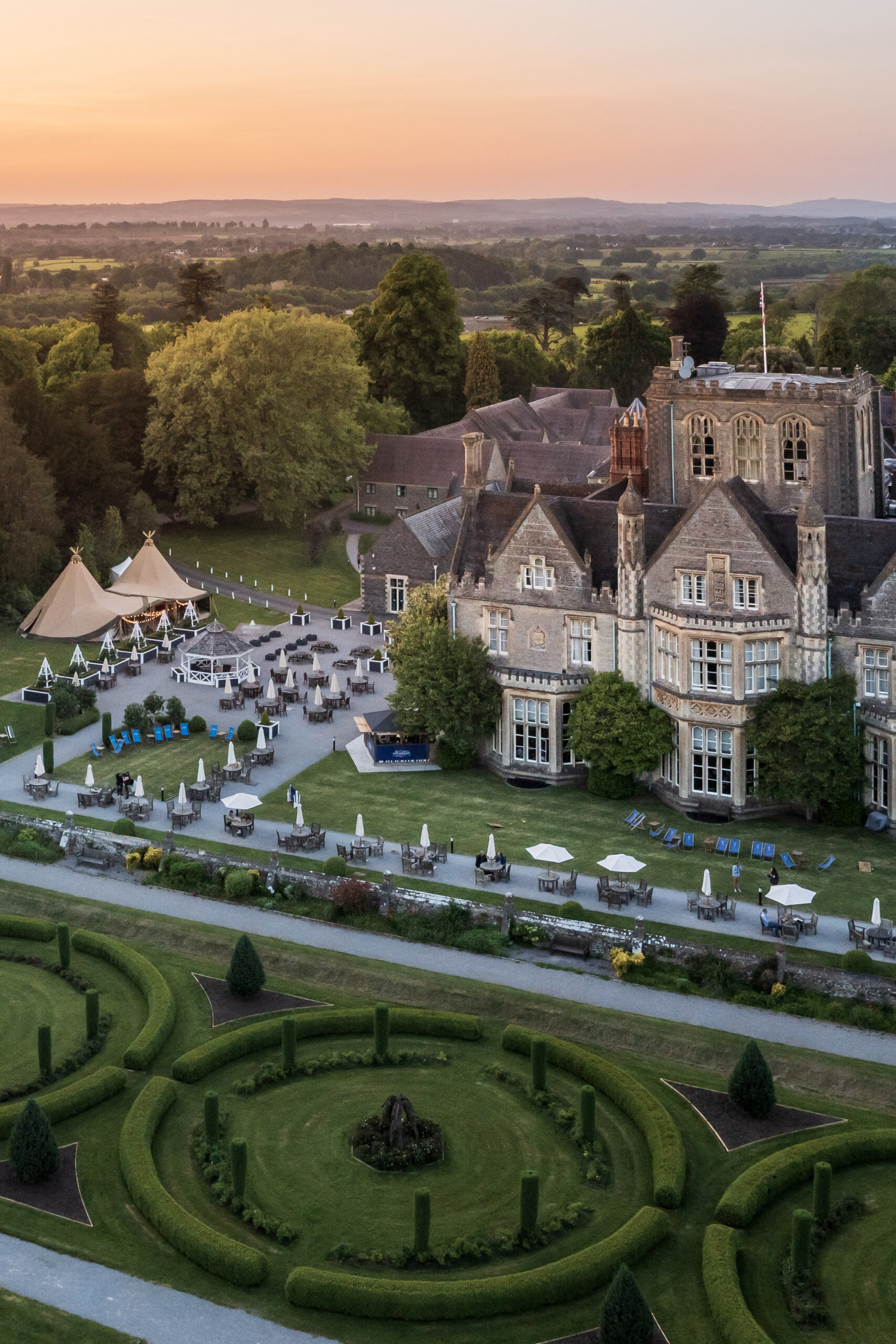
IET Birmingham: Austin Court
IET Birmingham: Austin Court is situated canal-side in the heart of the Midland’s industrial heritage. The IET restored the Grade II listed Georgian building in 1994, working to retain original features and distinguished characteristics such as the imposing beams, exposed brickwork and the gabled wagon entrance.
With a prime spot on what was once a main junction of Birmingham’s canal system, the building’s location was highly desired for trading. Its first mention appears in 1803, when nail and metal good’s merchants Theodore and Philemon Price used it as a warehouse before it changed hands in 1821. Fast forward another 30 years to 1871 and the building became a brewery when Walter Showell & Sons took over.
By the early 20th Century, the venue was in multiple use, with occupants including a garage, a cycle company, a paint manufacturer, and a maker of Iglodine. The site was also used for goods ranging from lime and cement to wartime gas. As well as its industrial use, the building was also used to store the bunting for King George VI’s coronation.
As part of the IET (The Institute of Engineering and Technology) the building continues to celebrate pioneering innovation, supporting both STEM organisations and other businesses to knowledge-share and advance through the use of its inspiring event spaces.
Leeds Castle
The historic Leeds Castle, located near Maidstone, Kent, was built over 900 years ago, nestled within over 550 acres of landscaped gardens and rolling parkland.
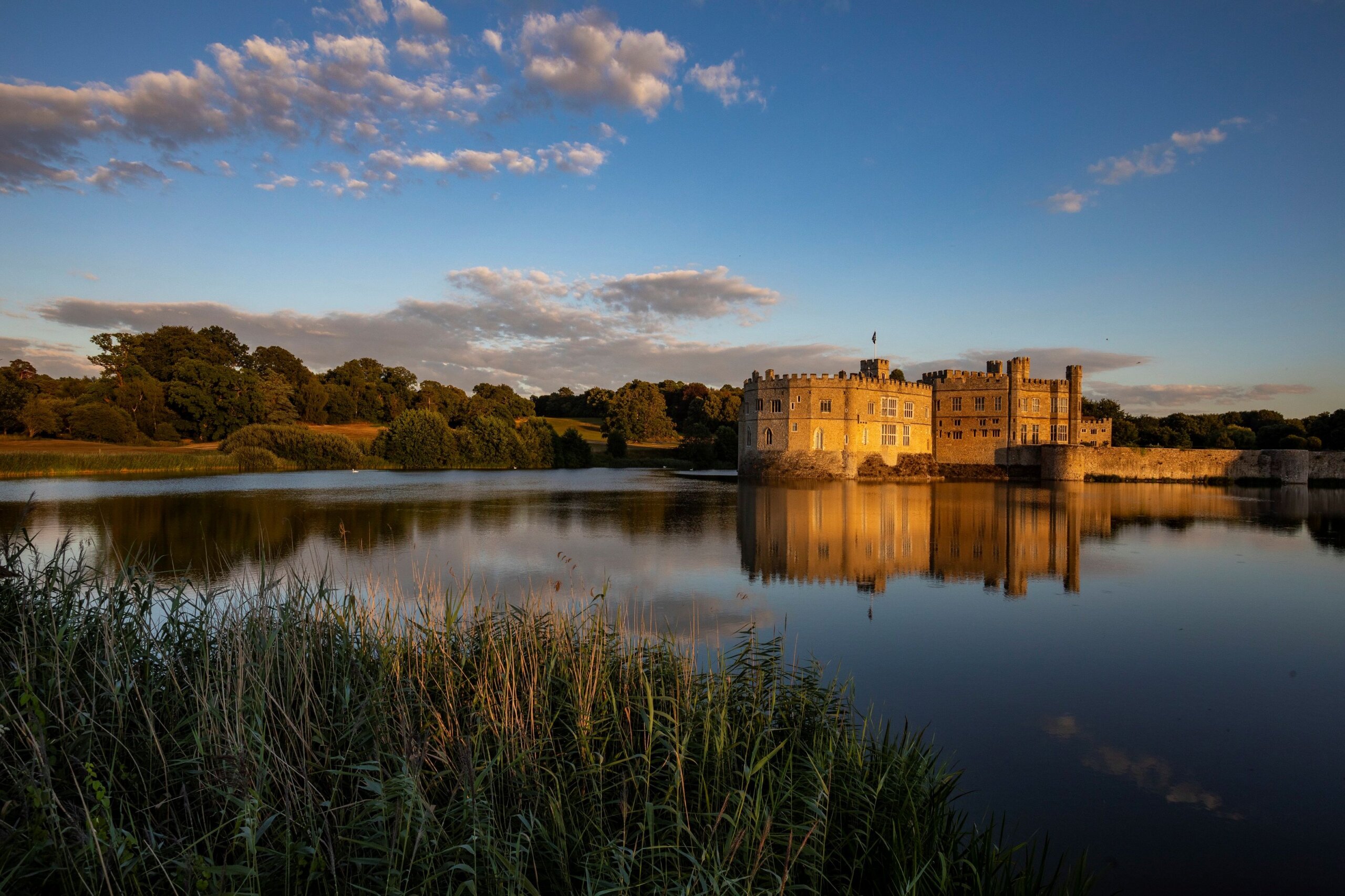
Dating from the 12th century, the historic Norman Gatehouse is one of the oldest parts of the castle and provides a distinctive setting for private dinners for between 20 and 40 guests or evening events.
With its mix of medieval, Tudor and gothic architecture, it has a fascinating history as a former home to six of England’s medieval Queens such as Queen Eleanor of Castille and Queen Catherine De Valois, as well as Tudor Queen Katherine of Aragon, before its remarkable transformation into a 1930s country house retreat by the castle’s last owner, Lady Olive Baillie.
Within the estate stands Battel Hall, built in the early 14th century as a medieval manor. Battel Hall is a fine and rare example of local Kentish architecture of the period.
The Belfry Hotel & Resort
Parts of The Belfry date back to the thirteenth century, when it served as a manor of the Knights Templar until around 1277. In 1959, the private family residence was purchased for £18,500 and work started to transform it into a 59-room hotel, which became a popular venue for weddings and live music, hosting acts like Led Zeppelin, and Status Quo.

By 1974, the owners acquired nearby land and commissioned two golf courses. The courses, known as The Brabazon and The Derby were designed by Peter Alliss and Dave Thomas, and named after former PGA Captains and were built alongside bigger hotel renovations. The PGA moved its headquarters to The Belfry in 1977, agreeing to host two Ryder Cups.
In 1978, Seve Ballesteros famously drove the 10th green, marking the start of The Belfry’s golfing legacy. Since then, The Belfry has hosted The Ryder Cup four times – more than any other venue in the world and is now home to the British Masters.



